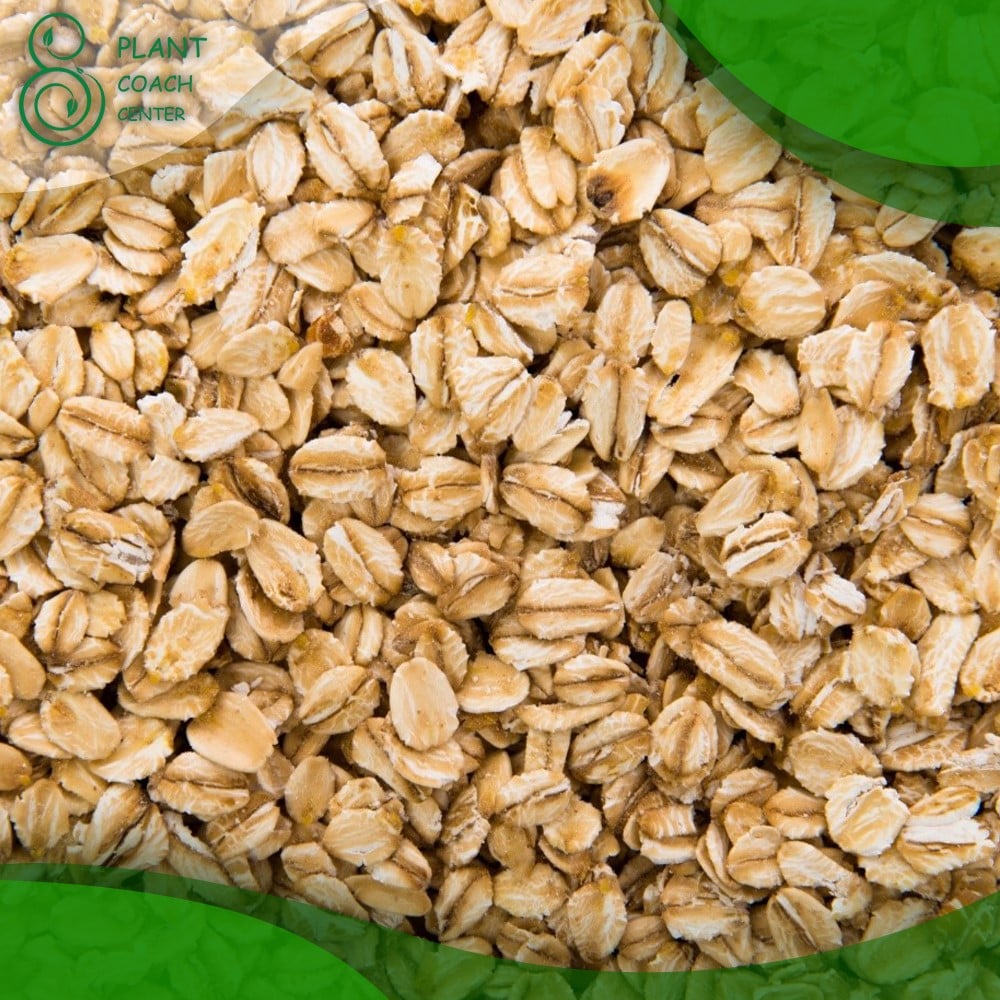When to Plant Oats
Timing is crucial when it comes to planting oats. The right planting time can significantly impact the success of your oat crop in terms of growth, yield, and overall health. In this comprehensive guide, we will explore the factors that influence oat planting time and provide valuable insights and practical tips to help you make informed decisions.
Whether you’re an experienced farmer, dedicated gardener, or simply curious about oats, this article, brought to you by plantcoachcenter.com, will empower you with the knowledge needed to achieve successful oat cultivation. Let’s uncover the secrets of when to plant oats for a thriving harvest.
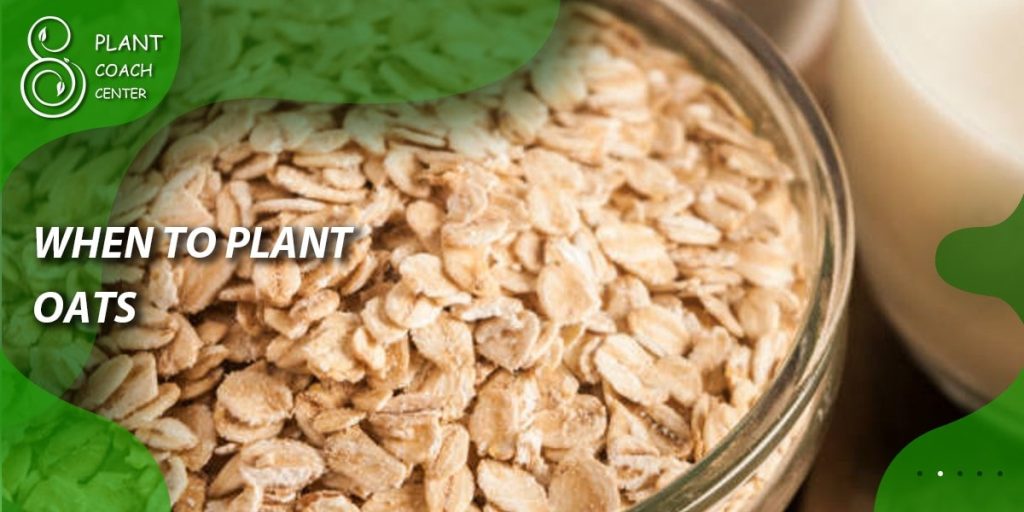
Understanding Oats
Oats, scientifically known as Avena sativa, are a versatile cereal grain widely cultivated for their nutritional value and various uses. They belong to the grass family Poaceae and are primarily grown for their edible seeds, commonly known as oat groats. Oats are rich in essential nutrients, including dietary fiber, protein, vitamins (such as vitamin B-6 and vitamin E), minerals (such as iron and magnesium), and antioxidants.
Oats have been cultivated for centuries and have become a staple in many diets worldwide. They are commonly consumed as oatmeal or rolled oats for breakfast, used in baking recipes, and even processed into oat flour and oat milk. Additionally, oats are an important ingredient in animal feed and are often used in the production of various industrial products.
Oats are known for their ability to adapt to different growing conditions and climates. They can tolerate cooler temperatures and are often grown in regions with moderate to cool climates. The versatility and nutritional benefits of oats make them an attractive crop choice for farmers and gardeners alike.
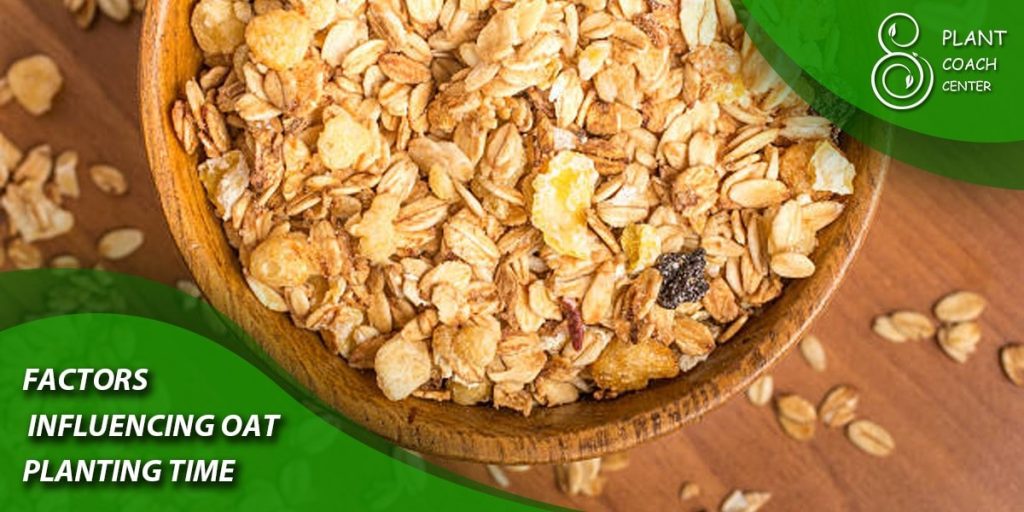
Factors Influencing Oat Planting Time
Planting oats at the right time is essential for their successful growth and development. Several factors influence the optimal planting time for oats. Let’s explore these factors in detail:
- Climate and Temperature Requirements: Oats thrive in cool-season conditions. They prefer temperatures between 45°F and 55°F (7°C to 13°C) during the growing season. Planting oats too early in cold or frosty conditions can hinder germination and stunt early growth. On the other hand, planting oats too late in warmer temperatures can lead to reduced yield and increased susceptibility to diseases.
- Understanding the temperature requirements specific to your region is vital for determining the ideal planting time.
- Soil Conditions and Preparation: Soil plays a crucial role in oat cultivation. Oats prefer well-draining soil with a pH level between 6 and 7. Adequate soil moisture is essential for optimal germination and early growth. Before planting, it is important to prepare the soil by removing weeds, loosening the soil, and incorporating organic matter such as compost or well-rotted manure. Proper soil preparation ensures a favorable environment for oat seeds to establish and develop.
- Geographic Location and Growing Zone: The geographic location and corresponding growing zone have a significant impact on oat planting time. Different regions have varying climates and weather patterns that affect the suitable planting window for oats. It is important to consult local agricultural extension services or refer to planting guides specific to your area to determine the recommended planting dates. Understanding your growing zone helps you align planting time with the local climate conditions.
- Crop Rotation and Field Preparation: Crop rotation is an essential practice in agriculture to manage pests and diseases, improve soil health, and maintain overall crop productivity. If oats are part of a crop rotation plan, the timing of the previous crop and the field preparation process influence the planting time. Adequate time should be allocated for proper field preparation, such as removing crop residues, leveling the field, and addressing any soil nutrient imbalances, before sowing oats.
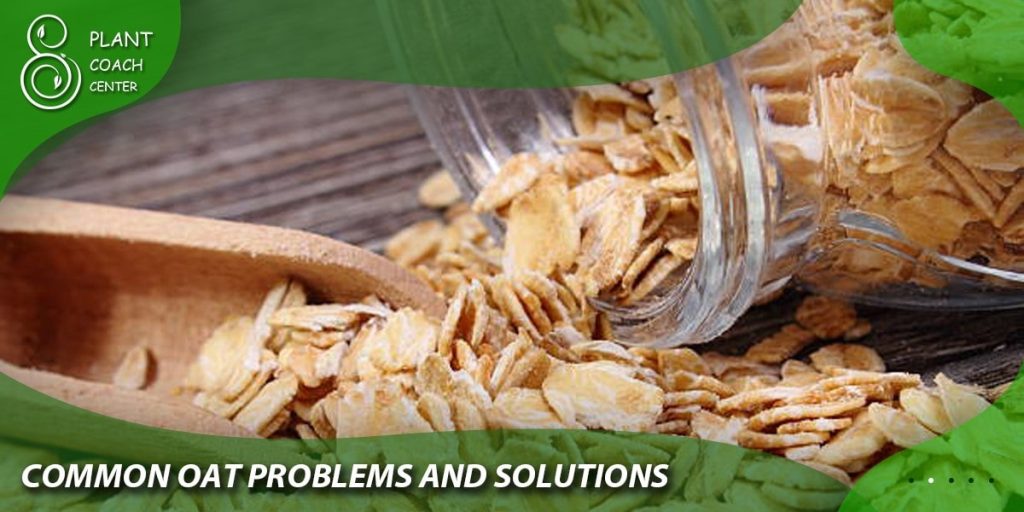
Common Oat Problems and Solutions
Oat crops, like any other plants, are susceptible to various pests and diseases that can affect their growth and yield. Being aware of these common issues allows growers to take proactive measures for prevention and implement timely solutions. Let’s explore some of the pests and diseases that commonly affect oat crops:
- Crown Rust: Crown rust is a fungal disease that affects the foliage of oat plants. It appears as small, bright orange pustules on the leaves, stems, and panicles. Severe infections can lead to reduced photosynthesis and yield loss. Planting resistant oat varieties and applying fungicides at the appropriate time can help manage crown rust.
- Stem Rust: Stem rust is another fungal disease that affects oat crops. It causes reddish-brown pustules to develop on the stems and leaves. Stem rust can weaken the plant and reduce grain quality. Using resistant oat cultivars and practicing crop rotation can help control stem rust.

- Smut: Smut is a fungal disease that affects various cereal crops, including oats. It causes black, powdery masses to form on the oat heads or other plant parts, leading to reduced yield. Planting certified disease-free seeds and implementing crop rotation can help manage smut.
- Aphids: Aphids are small, sap-sucking insects that can infest oat crops. They feed on the plant’s sap and can transmit viruses, causing stunted growth and reduced yield. Natural predators, such as ladybugs and lacewings, can help control aphid populations. In cases of severe infestation, insecticides may be necessary.
- Wireworms: Wireworms are the larvae of click beetles and are common soil-dwelling pests. They feed on oat roots and can cause significant damage, resulting in stunted growth and poor establishment. Proper soil preparation, including removing debris and using insecticidal treatments, can help manage wireworm populations.
- Birds: Birds, particularly pigeons and sparrows, can cause damage to oat crops by feeding on the seeds or young seedlings. Implementing scare tactics, such as reflective objects or noise-based deterrents, can help deter birds from the fields.
It is essential to monitor oat crops regularly for signs of pests and diseases. Early detection and prompt action are crucial for effective management. Integrated pest management (IPM) practices, which combine cultural, biological, and chemical control methods, can help mitigate these issues while minimizing environmental impact.
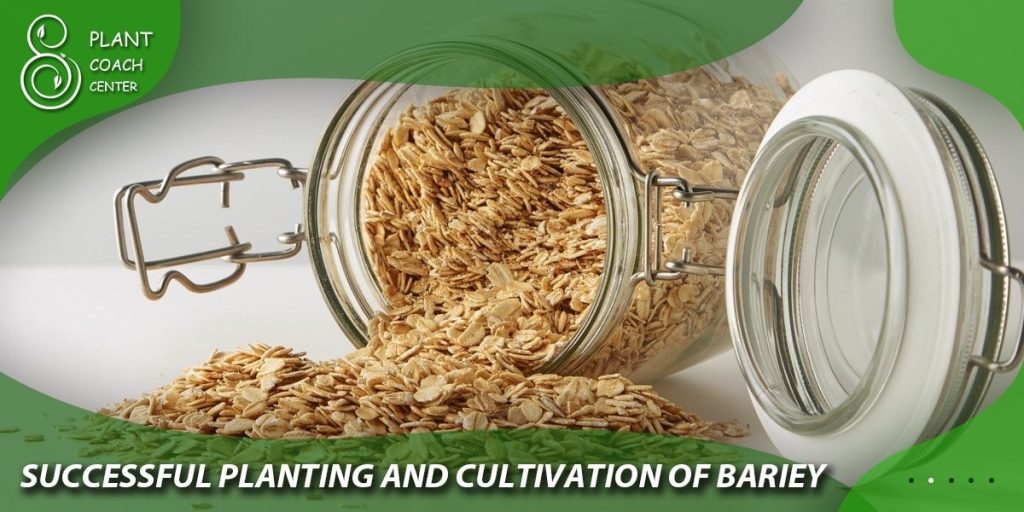
Conclusion
In conclusion, successfully planting and cultivating oats requires careful consideration of various factors. Understanding the optimal planting time based on climate, soil conditions, geographic location, and crop rotation is essential for maximizing oat crop health and yield. Additionally, being aware of common pests and diseases that can affect oat crops enables growers to implement preventive measures and timely solutions.
By following best practices, such as proper soil preparation, selecting resistant oat varieties, and practicing integrated pest management, growers can increase the chances of a successful oat harvest. Remember, maintaining crop health and addressing any challenges along the way are key to achieving thriving oat crops and reaping the rewards of your efforts.
Can oats tolerate frost or cold temperatures?
Oats are fairly hardy and can withstand light frosts, but they have limits. It's important to consider temperature thresholds during planting.
Can oats be planted in any type of soil?
Oats prefer well-draining soil, but they can adapt to a range of soil types.
How long does it take for oats to germinate?
Oat seeds typically germinate within 7 to 14 days, depending on the temperature and moisture conditions.


